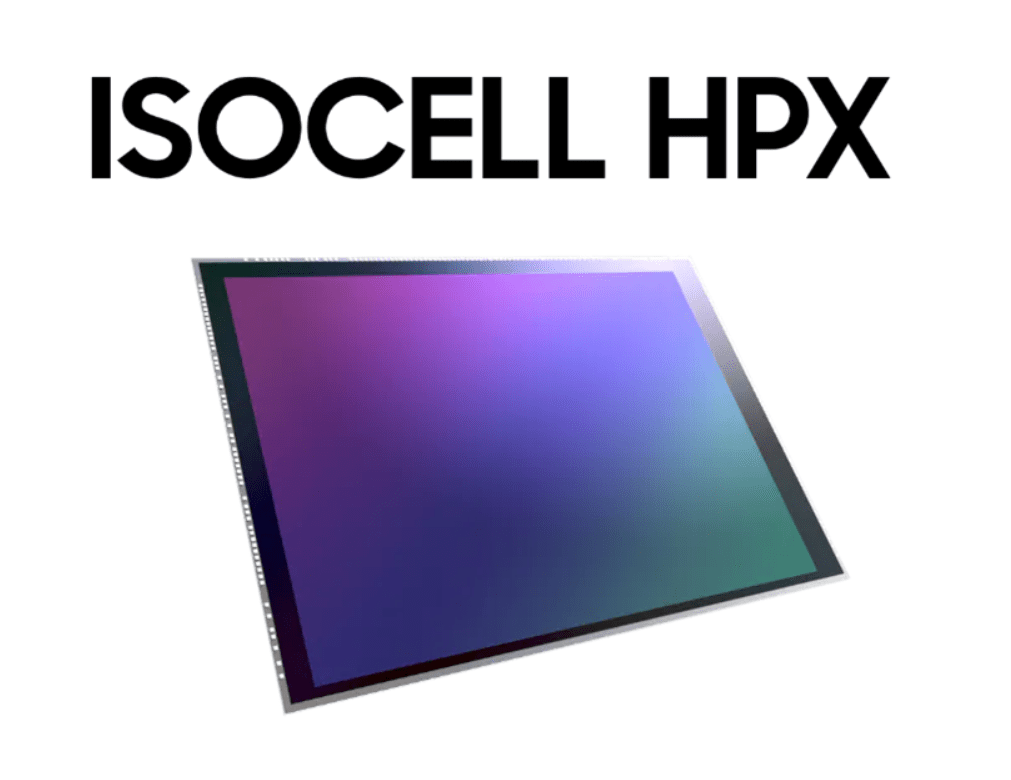Samsung ISOCELL HPX Specifications
With the release of Motorola X30 Pro and Xiaomi 12T Pro, 200 megapixels, a somewhat exaggerated-sounding configuration, is coming into the eyes of consumers step by step. And Now, Samsung officially announced the third 200-megapixel sensor – Samsung ISOCELL HPX, following the previous ISOCELL HP1 and HP3.
ISOCELL HPX is a new member of Samsung Electronics’ 200-megapixel series sensor family. The continuation of Samsung’s smallest 0.56-micron pixels can continue to provide smartphone users with an ultra-high resolution image world.
According to Samsung’s announcement, images can maintain 12.5 megapixels sharpness even when enlarged to four times the original image size with the 200 megapixels ISOCELL HPX.
ISOCELL HPX’s DTI (Deep Trench Isolation) technology not only separates each pixel individually but also increases sensitivity to capture clear and vivid images. In addition, the 0.56-micron pixel size reduces the camera module area by 20%, resulting in a slimmer and smaller smartphone body.
ISOCELL HP also uses Tetra^2pixel (sixteen pixels in one) technology, which can automatically switch between three light-gathering modes depending on light conditions: in a well-lit environment, the pixel size remains at 0.56 microns for 200 megapixels; in a low-light environment, the pixels are converted to 1.12 microns for 50 megapixels; and in a low-light environment.
This technology allows the ISOCELL HPX to provide a great shooting experience in low light conditions, reproducing sharp, clear photos as possible even when light sources are limited.
ISOCELL HPX enables users to shoot 8K video at 30fps and supports seamless dual High Dynamic Range in 4K and FHD (Full HD) modes. Single-frame progressive HDR enabled by Intelligent ISO Pro technology captures shadows and bright lights in a scene at three different exposures: low, medium, and high, depending on the shooting environment.
The three exposures are combined to present high-quality HDR pictures and videos. In addition, it enables the sensor to render images in over 4 trillion colors (14-bit color depth), 64 times more than Samsung’s predecessor, 68 billion colors (12-bit color depth).
